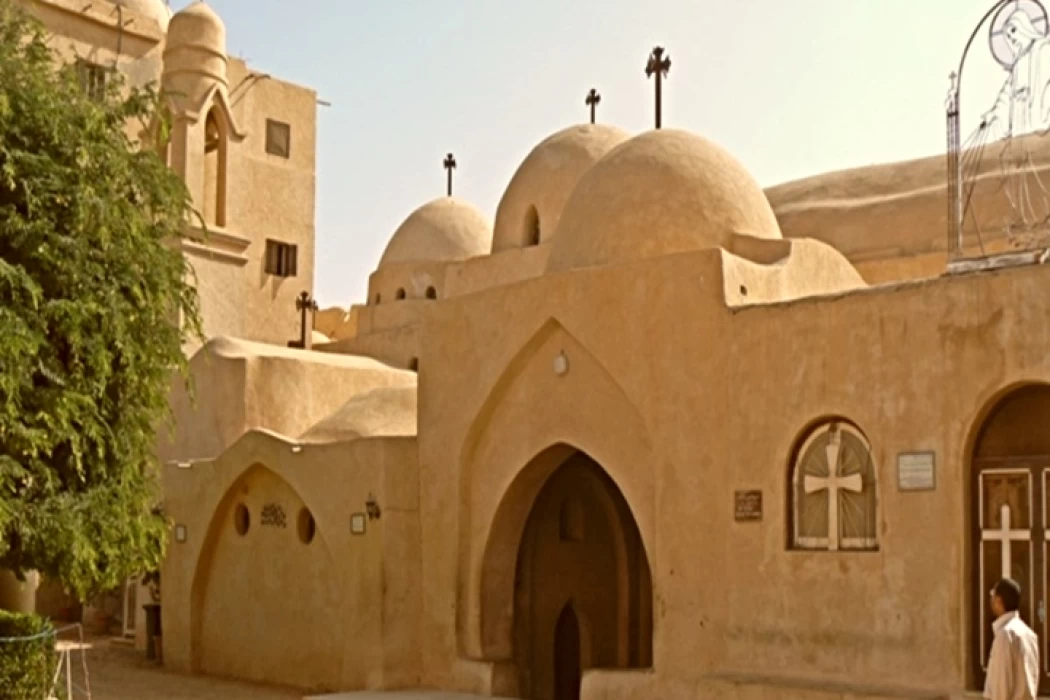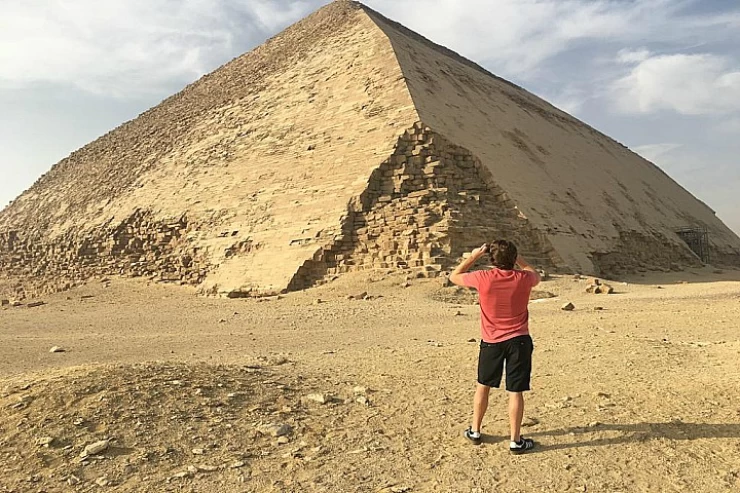
Al-Suryan Monastery - Holy Family in Egypt
The Monastery of the Syrian in Wadi El Natrun
The Monastery of the Virgin Mary the Syrian is considered one of the oldest monasteries in the history of the church, dating back to approximately the fifth century AD, as various sources indicate. The old fortress is located to the right of the entrance to the monastery, although it has been restored. However, it is known that the one who built these fortresses in the monasteries was King Zeno (474 AD - 491 AD) in honor of his daughter, the nun Hilaria, who became a monk in the desert of Scetis and became famous throughout the world. There is a manuscript in the London Library of the Monastery of Mar Jacob of Serugh, whose copy dates back to 603 AD in the Monastery of the Virgin Mary the Syrian.
Butler mentions that the barriers of the Church of the Virgin Mary of Syriac date back to before the year 700 AD, and in this respect they are similar to the Church of Anba Bishoy and the Church of the Virgin Mary of Baramous. These churches are the oldest remains of the desert up to the present time.
It was one of the monasteries known as Theotokos (Monasteries of the Mother of God) and was part of the system of dual monasteries that appeared in the fifth century after the refutation of the Nestorian heresy, which caused the Council of Ephesus to be held in 341 AD. After that, monasteries called Theotokos (qeotokoc Mother of God) were built, so the Monastery of the Virgin Mother of God was called Our Lady of Anba Bishoy, and it is still known today as the Monastery of the Virgin Mary of the Syriacs, next to the Monastery of Saint Anba Bishoy in the Eastern Desert.
The Syrian Monastery became independent in its administration since the eighth century AD. It has been called the Syrian since the fourth century in the desert of Shehit, which is famous throughout the world, so that people used to come to it from different countries of the world to visit it and receive blessings from the ascetics who reached high spiritual levels or to worship, just as Saint Arsenius, the teacher of the sons of kings, and Saints Maximus and Domatius, the sons of the Roman king, came and lived in the desert, and their place is still in the Monastery of the Virgin of Baramous in the desert.
The remains of the ancient monasteries are still about 3 km southeast of the monastery, including the Monastery of Anba Youhannes Kama, the Monastery of Abanoub, the Monastery of the Ethiopians, the Monastery of the Armenians, and the Monastery of Anba Youhannes al-Qasir. Since it was worshiped by different races from Rome, Ethiopia, Syria, Palestine and others, the Coptic monks hosted the Virgin Mary and Syriac monks in their monastery for a period of time. Hundreds of years ago, it became inhabited again by Coptic monks throughout the previous times and it still is until now. Because it had Syriac monks for a period of time, it became known as the Monastery of the Syriac Virgin and is still known as the Monastery of the Syriac Virgin to this day, also to distinguish it from the Monastery of the Virgin Mary in Baramous in the desert.
















